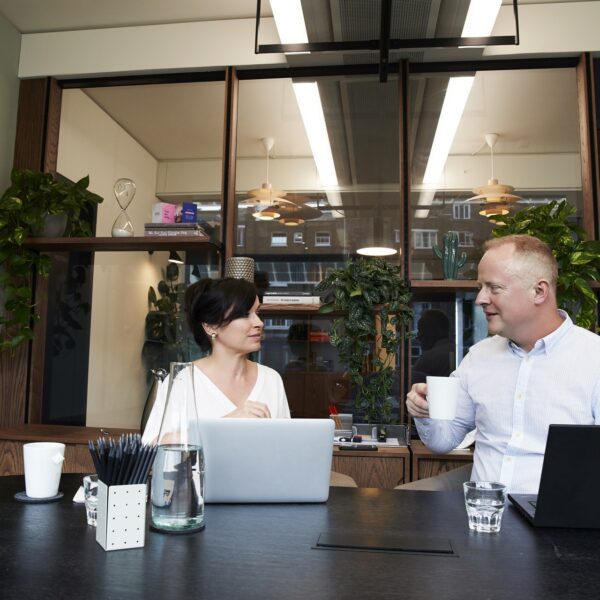Sarah’s story
Sarah founded her own business seven years ago. She made bespoke scarves. Each was made of the finest silk and was printed in the highest quality bearing an image chosen by her clients. Her hobby had become her business and as word spread it was clear that demand was outweighing her ability to supply.
Within two years Sarah was making a profit and had three employees helping her print and deliver the scarves. Her research suggested that given the great demand for her products, she might be able to move her turnover towards eight figures if she invested more in her own machinery and some aggressive online marketing.
An investor agreed. He offered to invest $750,000 to help expand the business. He estimated that within two years he’d have covered the cost of his initial investment with the potential to make sizable returns after that.
Sarah moved fast. She bought the machine and started to advertise, but she also invested in a more sophisticated client management system and recruited two more people and an HR consultant to help build the culture she knew would be necessary as the business grew. These were exciting times.
recruited two more people and an HR consultant to help build the culture she knew would be necessary as the business grew. These were exciting times.
Two years later, she sat down at a meeting with her investor. He explained his disappointment. She had spent his money, but sales had only increased by 30% rather than the bullish numbers she had originally forecasted. Profit remained elusive. He still saw the potential in the business, but he wanted her to cut costs. To grow further she had to prove she could tighten the purse strings.
Sarah tried to explain that the suggested cuts would devastate her brand. Great product wouldn’t be enough. She needed the right people to work within the right environment. If she had to cut her people and her HR consultant, her vision wouldn’t be realized. All that she needed was time. And maybe a little more money. Sarah had discovered the business growth enigma.
Jim’s story
Jim had been an Investor for fifteen years. He loved every element of his job at ‘Engaged Venture Cap Partners’, from analyzing the numbers, spotting market opportunities and getting to know the people in whom he entrusted his money. He also loved sharing his experience as his portfolio grew, understanding what made some businesses flourish, and why others failed. He prided himself on knowing when the moment had come to be ruthless.
Initially he had been delighted to be introduced to Sarah of ‘Setting Scarves’. She seemed talented and savvy. Her product was simple and yet unique. It lacked the right hardware and marketing expertise, but there was clearly untapped demand. In fact, he had bought his wife a silk scarf printed with a Kentucky racetrack. It was a place she loved and a gift she cherished.
So, Jim put ‘Engaged Venture Cap Partners’ money down and awaited the acceleration in revenue following his investment. But the results were underwhelming. Had Sarah thrown his funds solely into the machinery and advertising they had discussed, he felt that demand would have followed. But she seemed to be much too focused on building a culture before she had the numbers to justify it.
Jim was frustrated and a little let down. He still believed but wanted results. So, he challenged Sarah to demonstrate that she could cut costs and run a tighter ship before he committed to backing her further. This seemed entirely reasonable, and he was disappointed that she seemed to feel differently.
The business growth enigma
Does this ring any bells? Have you encountered the delicate – and sometimes unsolvable – balance between your desire to build your business in the ‘right’ way?
Most importantly, it’s important to recognize that you’re not alone. Not every investment reaps the expected rewards. Not every business moves seamlessly through the gears into a bigger, better operation.
And it is a fact of life that a business owner will often have a different series of priorities and concerns than an investor whose interest tends to focus solely on the bottom line. Cutting the fat can quickly cut the flesh of a business. And the owner will be well aware how close the flesh is to the bone.
A founder who has built their organization to the point where it raises money will, quite rightly, care about culture and people as much as margins and cash-flow. An investor banking on the same business to provide set returns in an agreed timeframe will, understandably, have a very different set of priorities.
Reconciling the two is challenging. The first hurdle is recognizing the potential for problems long before they first arise.
Lorne Asks
- Are you seeking finance? If so, it’s important to align your expectations and plans with any potential investor.
- It’s just as important for you to ask the right questions of a venture capitalist than it is for you to answer them. How can you prepare for this?





